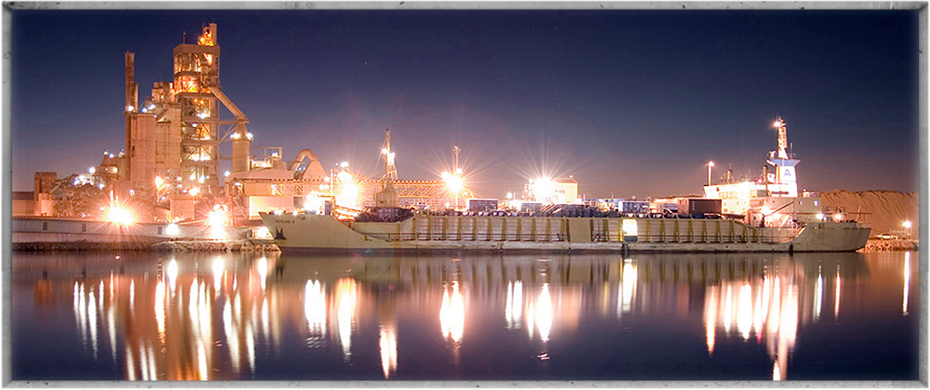 Irrespective of the profitability and size of a business, the amount of capital that is invested in any year to sustain, de-risk or grow the business is limited, and the “shopping list” of projects is usually much larger than the funds available.
Irrespective of the profitability and size of a business, the amount of capital that is invested in any year to sustain, de-risk or grow the business is limited, and the “shopping list” of projects is usually much larger than the funds available.
In some tough years the available capital may be very low or none at all.
Projects for growth, efficiency, equipment replacement, safety, quality, environmental and staff amenity projects are all fighting for a share of the same limited capital.
As a general rule of thumb in many manufacturing businesses in the post GFC era, capital investment in new plant and equipment to increase efficiency and reduce costs usually requires a simple payback of less than two years. In tough times that payback period is often reduced to one year.
However, for strategic projects that grow the business, capital decisions may be based on a 10-year rate of return (IRR) or net present value (NPV) and not on a simple payback period.
Stay in business (SIB) capital decisions for end-of-life equipment, or equipment in poor condition, are often based on risk. In this case, risk is the likelihood of a piece of equipment failing combined with the potential consequence of failure in terms of financial, safety, customer, environmental or reputational risk.
Energy costs are generally treated as simple input costs and not as a strategic business growth element. This means that energy efficiency or cost-reduction measures are usually required to have a payback of one to two years and have to compete for funds against the other important initiatives.
Let’s have a look at an example. Let’s say we have a strict capital budget for the next financial year of $5 million. We have the following projects that are competing for capital:
1 $3m plant expansion that increases sales and profit with an internal rate of return of 25%.
2 $1m to replace a piece of equipment at end of life that has very high probability of failure and a consequence of $0.5m loss and disruption to customer supply. There is no financial payback.
3 $1m to install guarding around equipment to comply with safety legislation, with no financial payback.
4 $1m to invest in energy-efficiency projects that have a four-year simple payback and an IRR of 30%.
Guess which project misses out? The energy project, despite having the best rate of return.
Project 1 goes ahead as it has the largest impact on growing the business and growing revenues. Project 2 goes ahead as there is a high risk that there will be a failure that has a material impact on the business. Project 3 goes ahead to ensure the safety of employees, and as it is a legislative compliance issue. That leaves no capital left for the highly commercially viable energy-efficiency initiatives.
Investments to reduce electricity costs
So what about investments to reduce electricity costs?
An irony of historically low electricity process in Australia is that there has been little investment in energy efficiency and electricity cost reduction. Often equipment purchase decisions for new plant are based on the capital cost rather than the lifecycle cost inclusive of electricity costs.
At the household level, do you buy appliances based on their energy rating and annual running costs or do you buy based on other criteria such as brand, online reviews and price? Incrementally, the appliance running costs all increase your quarterly electricity bill and that is not the fault of the electricity retail companies, it is the result of your investment choices.
As electricity prices increase, the options to reduce costs through capital investment also increase. The large increase in electricity wholesale prices in 2016 that also flowed into retail prices has created greater financial incentive to invest in energy-efficiency initiatives. Initiatives that were shelved earlier this decade or even in the previous decade as having a low IRR or long payback are now likely to be viable.
Furthermore, if rising electricity costs really are a major concern to your business, you should treat electricity as a strategic issue and not just a utility cost that you put out to a competitive tender every three years.
Those businesses that choose not to have a strategy for energy cost reduction, not to invest in efficiencies or alternative generation methods will see a substantial increase in their electricity costs that could erode their profits.
Those that do choose to develop and implement an energy cost reduction strategy can reduce their electricity costs significantly compared with the business-as-normal approach.
Developing an integrated approach to electricity
In order to achieve electricity cost savings, an integrated approach needs to be taken with an overarching energy strategic plan. This involves using less electricity (efficiency), paying less for each unit that is used (energy costs), paying less for the “fixed” network supply charges (network costs), and getting exposure to the renewable energy revolution. It also involves equipment for ongoing monitoring to lock in savings and achieve ongoing cost reduction.
If rising electricity costs are hurting your business and eroding profits then have a think about how you allocate your capital funds. If energy costs are a strategic issue, then you may need to look at building an energy strategy that prioritises investment in energy efficiency and other cost reduction initiatives.
If you would like to learn more about how to develop an energy cost reduction strategy, check out the book Power Profits.
